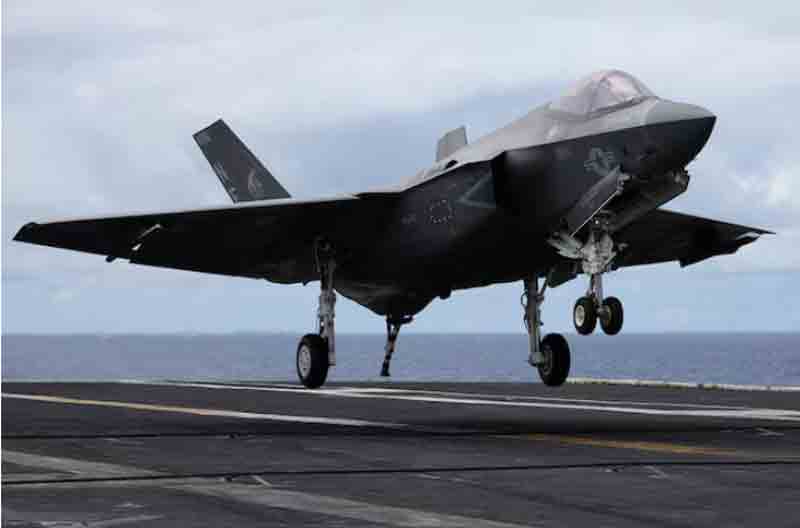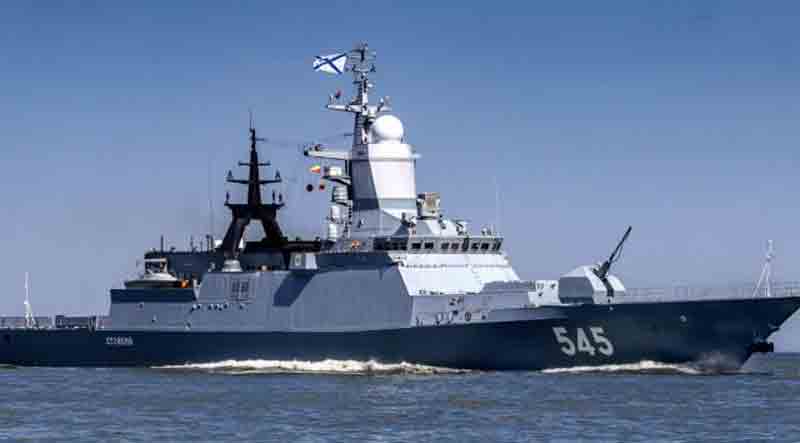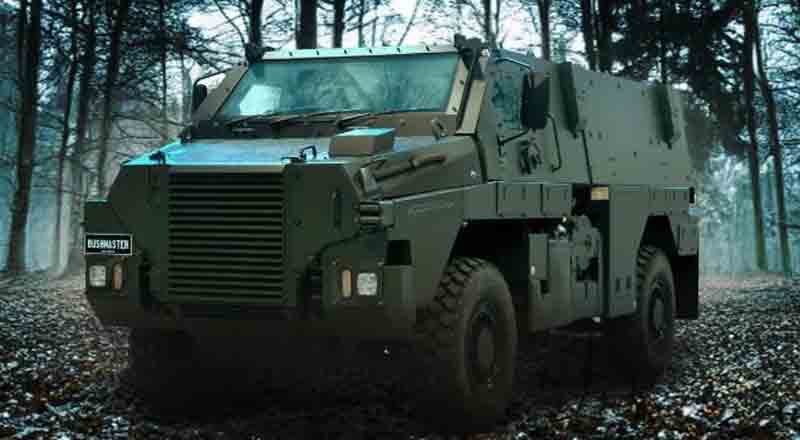The U.S. Department of State has approved a crucial advancement in the F-35 Joint Strike Fighter initiative, authorizing a contract modification valued at up to $238 million for Lockheed Martin Aeronautics Co. based in Fort Worth, Texas.
This announcement, made on March 24, 2025, involves an undefinitized modification to an existing fixed-price incentive contract, which directs the aerospace leader to acquire long-lead materials, parts, and components necessary for the production of F-35 aircraft under Lot 20.
In contrast to earlier contracts that primarily addressed U.S. military requirements, this initiative is aimed at non-U.S. Department of Defense partners and Foreign Military Sales clients, indicating an escalation in preparations for the next stage of the world’s most advanced fighter jet program.
This decision highlights Washington’s dedication to providing its allies with state-of-the-art airpower while sustaining the progress of a program that has encountered scrutiny regarding its costs and delays.
The contract modification, identified as P00001 under contract N0001925C0070, does not officially initiate Lot 20 production but establishes essential groundwork. Long-lead items, including specialized alloys, avionics components, and engine parts, typically require extensive timeframes for manufacturing and delivery.
By securing these materials at this stage, Lockheed Martin aims to minimize potential bottlenecks when production commences—anticipated later this year or in early 2026. This announcement coincides with the nearing conclusion of negotiations for Lots 18 through 20, a comprehensive deal estimated at around $34 billion for 478 aircraft.
Sources familiar with the situation, who requested anonymity due to ongoing discussions, suggest that this action demonstrates confidence in the imminent finalization of the broader contract.
The F-35 program, managed by Lockheed Martin in collaboration with the Pentagon’s Joint Program Office, is a fundamental element of U.S. defense strategy and international military partnerships. Since its launch, the aircraft has been promoted as a fifth-generation multirole fighter, designed for stealth missions, advanced sensor integration, and network-centric warfare.
To date, over 990 F-35s have been delivered globally, with the U.S. aiming to procure a total of 2,456 across its Air Force, Navy, and Marine Corps variants. The recent inclusion of non-Department of Defense partners and Foreign Military Sales customers in this contract underscores the program’s expanding international presence.
New operators such as Finland, Romania, and the Czech Republic have recently joined the ranks of F-35 users, complementing a coalition that already features key allies like the United Kingdom, Australia, and Japan.
A representative from Lockheed Martin refrained from disclosing specific details regarding the timeline for Lot 20 production but reiterated the company’s commitment to fulfilling global demand. “We are collaborating closely with our government and international partners to ensure the F-35 program continues to meet its commitments,” the spokesperson stated in an email. “This modification is crucial for maintaining that momentum.”
The Pentagon has not yet issued an official statement regarding the contract; however, a Defense Department official confirmed to reporters that this initiative is part of broader efforts to enhance production efficiency and support allies facing changing security challenges.
The timing of this announcement is significant, considering the program’s contentious history. The F-35 has often been at the center of controversy, with critics highlighting its $1.7 trillion lifecycle cost and various developmental challenges, including software issues and engine reliability concerns.
Supporters contend that the exceptional capabilities of the F-35 warrant the investment, especially in light of escalating tensions in areas such as Eastern Europe and the Indo-Pacific. The emphasis on international partners in this contract adjustment indicates that the U.S. views the F-35 as more than merely a domestic asset; it serves as a means to enhance alliances.
“This initiative goes beyond aircraft production; it’s about cultivating a network of competent allies,” stated John Venable, a senior defense analyst at the Heritage Foundation and a former F-16 pilot. “The F-35’s interoperability acts as a force multiplier for coalition missions.”
The specific number of aircraft designated for Lot 20 remains undisclosed, as the final details of the Lots 18-20 agreement are still being finalized. Historical trends provide some insights; for example, Lot 15 comprised 129 aircraft, while previous multiyear agreements like Lot 14 included 375 planes over a three-year period.
If the anticipated 478 aircraft for Lots 18-20 are distributed evenly, each lot could potentially consist of approximately 159 jets. However, production figures frequently fluctuate based on customer demands, and Lot 20’s focus on non-DoD and FMS clients may alter that estimate. Analysts predict that this lot could encompass between 120 and 180 aircraft, although Lockheed Martin and the Pentagon have not disclosed specific details until the contract is fully finalized.
The process of finalizing this modification—essentially securing the ultimate cost and terms—may take several months, which is typical for contracts that involve long-lead procurement. Until this is completed, the $238 million ceiling serves as a maximum estimate, indicating that the actual cost could be lower based on negotiations and material needs.
It is evident that this decision keeps the F-35 production line operational, which is crucial for Lockheed Martin as it manages both domestic and international demand. The Fort Worth facility, where all F-35s are assembled, employs thousands and has become a significant economic center in Texas, linking the program’s success to U.S. industrial interests.
For international customers, the implications are equally significant. Countries purchasing the F-35 through the Foreign Military Sales program depend on prompt delivery to upgrade their air forces and address emerging threats.
For instance, Finland secured a $9.4 billion agreement in 2022 for 64 F-35As, with deliveries expected to commence in 2026—potentially coinciding with the timeline for Lot 20. Romania is also in discussions to become the second NATO member in Eastern Europe to acquire the jet, a decision viewed as a reaction to Russian aggression following the conflict in Ukraine.
“The F-35 provides these nations with a qualitative advantage,” stated Rebecca Grant, an aerospace expert and president of IRIS Independent Research. “However, it is the U.S. production schedule that determines when they will receive it.”
The larger context of this contract modification highlights a program at a pivotal moment. While earlier production lots encountered delays due to technical issues—such as the shift to the Block 4 configuration, which enhances sensors and weaponry—recent years have shown signs of stabilization.
Lot 19 is presently in production, with aircraft being manufactured for U.S. and allied forces. Preparations for Lot 20 indicate that Lockheed Martin and the Pentagon are eager to learn from previous mistakes by securing supply chains in advance.
Industry experts highlight that the emphasis on long-lead items stems from experiences during the COVID-19 pandemic, which caused delays in the delivery of essential components such as titanium forgings and microelectronics.
The F-35’s significance extends beyond manufacturing; it plays a crucial role in U.S. foreign policy. Its export to allied nations enhances military relationships and ensures interoperability in joint operations, which is increasingly important as NATO and Indo-Pacific partners confront advanced threats from countries like Russia and China.
“The F-35 is more than just a piece of equipment; it serves as a diplomatic tool,” remarked Peter Layton, a former officer in the Royal Australian Air Force and a visiting fellow at Griffith University. “Each aircraft delivered strengthens the framework of deterrence.” However, this framework comes at a price, with taxpayers in the U.S. and allied nations continuing to finance what is the most expensive weapons system ever developed.
As preparations for Lot 20 progress, uncertainties about the program’s future remain. The Pentagon has indicated intentions to increase annual production to approximately 150-160 aircraft in the upcoming years, but budget limitations and competing initiatives—such as the Next Generation Air Dominance program—could impact this plan.
Currently, this contract modification ensures the F-35 remains on track, bridging the gap between current production levels and future deliveries. It is a practical measure, lacking in fanfare, yet essential for maintaining a program that has transformed modern aerial warfare.
The last component of this situation will come to light once the contract for Lots 18-20 is completely signed, which is expected to happen later this year. In the meantime, Lockheed Martin’s facility in Fort Worth will start accumulating the necessary materials for Lot 20, guaranteeing that the assembly lines can commence operations immediately once approval is granted.
For U.S. allies anticipating their aircraft and for the American defense sector relying on the F-35’s success, this discreet yet significant action represents another development in a narrative that intertwines strategy with stealth.
Discover more from Defence Talks | Defense News Hub, Military Updates, Security Insights
Subscribe to get the latest posts sent to your email.





